Trailer 101, Trailer Maintaining, Trailer Tips, Uncategorized
Essential Horse Float Maintenance Tips
 Keeping your horse float in top shape isn’t about ticking boxes. It’s about knowing what matters, spotting early warning signs, and taking care of problems before they cost you time, money or your horse’s wellbeing. But like any vehicle, horse floats need regular upkeep to stay safe and roadworthy. Ignore that, and you’re rolling the dice every time you hitch up.
Keeping your horse float in top shape isn’t about ticking boxes. It’s about knowing what matters, spotting early warning signs, and taking care of problems before they cost you time, money or your horse’s wellbeing. But like any vehicle, horse floats need regular upkeep to stay safe and roadworthy. Ignore that, and you’re rolling the dice every time you hitch up.
In this guide, we'll discuss the basics of horse float maintenance that will help you avoid major repairs and protect your investment.
Start with the Essentials
 Before you tow anything, there are a few simple checks that should always be part of your routine. Make sure your trailer plug is properly connected, the safety chains are crossed over and securely fastened, and the tow coupling is locked in tight.
Before you tow anything, there are a few simple checks that should always be part of your routine. Make sure your trailer plug is properly connected, the safety chains are crossed over and securely fastened, and the tow coupling is locked in tight.
Test the handbrake, pump the brakes on your car and turn on the indicators a few times to check the lights, and give the tyres a once-over, ensuring they're inflated to the correct pressure, have sufficient tread depth, and don't have any perishing or damage to the tyre walls. For more info on tyre pressure and care, read our recent guide on how often you should check your trailer tyre pressure.
These checks only take a couple of minutes and are the easiest and most effective form of maintenance you'll ever do. They let you spot worn tyres, loose chains, or dodgy plugs early and allow you to fix them before they become a roadside nightmare.
After the First 1,000 Kilometres
Every float goes through a break-in period. After about 1,000km (or three months, whichever comes first), you’ll want to check and tighten the U-bolts on the leaf spring suspension. A local trailer mechanic can carry out the inspection if you’re unsure what to do, and they usually offer horse float repair services as well, in case any issues pop u. However you approach it, it’s a step you don’t want to skip. Loose bolts and neglected bearings are a recipe for trouble.
Stay Ahead of Wear and Tear with Regular Maintenance Services
 Good horse float maintenance is about regular maintenance, and it doesn't need to be much: your pre-departure checks will catch almost every problem before it becomes an issue, whether that's a broken taillight or a dodgy shackle.
Good horse float maintenance is about regular maintenance, and it doesn't need to be much: your pre-departure checks will catch almost every problem before it becomes an issue, whether that's a broken taillight or a dodgy shackle.
In addition to your usual checks, a spray of WD40 into the door locks and hinges will keep them moving and free from rust (especially important if you live by the coast). Keeping your tyres properly inflated and out of direct sunlight, if at all possible, will help prevent the rubber from perishing.
After a long trip, walk around your horse float and check for heat around the centre caps of the mags. If they’re hot to the touch, your wheel bearings need attention. While you're there, check that your wheel nuts are tight, your brake controller is working properly, and your jockey wheel is free from rust and able to lock to the A-frame of the float. These might seem like small things, but they’re the bits that keep everything rolling.
Service Your Horse Float Annually: No Shortcuts
It might seem like overkill, but you should book your float in for a full service with a qualified mechanic every year. They'll take care of the stuff you can't (or don't want to) do, such as checking and adjusting the brakes, repacking or replacing bearings, inspecting the tow hitch and suspension, and going over the chassis for cracks or signs of stress.
One thing you can do yourself is to pay close attention to the floor. Whether it’s hardwood, composite or aluminium, you’ll want to check for sagging, soft spots, or moisture getting under the rubber matting. If you need to reseal any edges, a bit of silicone now can save you thousands in float repairs later.
Pay Attention to the Details
 If your float is equipped with a water tank, battery system or internal partitions, it’s worth checking that everything’s operating as it should. Look at the isolator switch on your battery system, and check that the water pump runs off your trailer plug’s auxiliary wire. Finally, do a thorough lap of your float and make sure any chest bars, partitions, breaching gates, windows, and storage bin lids are latched, pinned, and strapped before every trip.
If your float is equipped with a water tank, battery system or internal partitions, it’s worth checking that everything’s operating as it should. Look at the isolator switch on your battery system, and check that the water pump runs off your trailer plug’s auxiliary wire. Finally, do a thorough lap of your float and make sure any chest bars, partitions, breaching gates, windows, and storage bin lids are latched, pinned, and strapped before every trip.
Remember, a float isn’t just a trailer; it’s carrying live cargo. The more attention you give the little things, the less chance you’ve got of running into big problems.
Stay Ready & Stay Safe with Regular Horse Float Repairs & Maintenance
There’s a lot riding on your float. If you want to keep your horse float in peak condition, get in the habit of doing regular checks and routine maintenance, book that annual service, and don’t leave problems to chance. The end result of regular maintenance is simple: fewer surprises, safer towing, and a float that stays in top condition for longer. It doesn’t matter if you’re hauling a seasoned eventer or a young colt heading to their first pony club, every horse deserves a safe, reliable ride.
Looking for a new float built to go the distance? Our extensive range of horse floats has something for everyone, whether you need a 2-horse straight load float, a 3-horse angle load float, or large gooseneck horse floats. Built tough for Australian roads, with safety, strength and comfort at the core, trust Big Man Trailers for reliable horse floats, a friendly and knowledgeable team, and exceptional service!

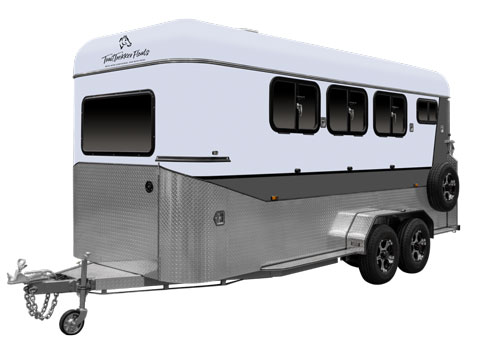

 8x5 Tradie Trailer with Drawer
8x5 Tradie Trailer with Drawer 8x5 Tradie Trailer with Drawer
8x5 Tradie Trailer with Drawer 8x5 Tradie Trailer
8x5 Tradie Trailer 8x5 Tradie Trailer
8x5 Tradie Trailer 8x5 Tradie Trailer
8x5 Tradie Trailer 8x5 Tradie Trailer
8x5 Tradie Trailer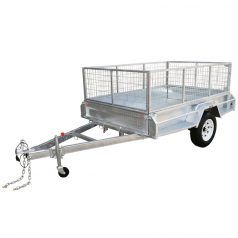 6x4 single axle trailer
6x4 single axle trailer 10x6 ATV Trailer
10x6 ATV Trailer 8x5 Single Axle hydraulic tipper trailer
8x5 Single Axle hydraulic tipper trailer 8x5 tandem premium model
8x5 tandem premium model 8x5 tandem entry level model
8x5 tandem entry level model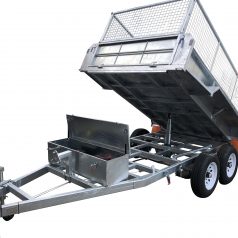 hydraulic tipper trailer
hydraulic tipper trailer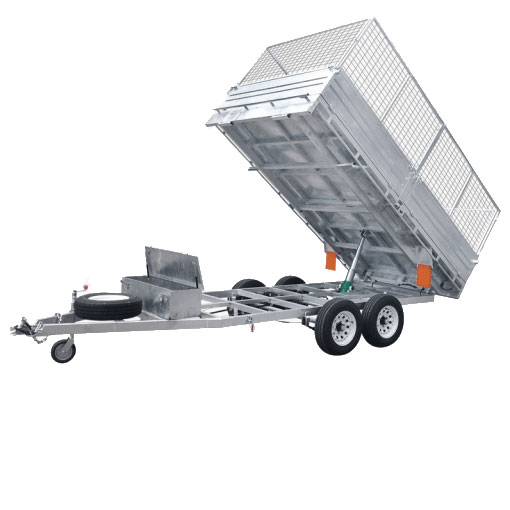 12x7 Flat Top Hydraulic Tipper 3500KG
12x7 Flat Top Hydraulic Tipper 3500KG 12x7 3 way hydraulic tipper flat top trailer
12x7 3 way hydraulic tipper flat top trailer 10x6 Cattle Trailer 2800KG
10x6 Cattle Trailer 2800KG 12x7 Flat Top Cattle Trailer 3500KG
12x7 Flat Top Cattle Trailer 3500KG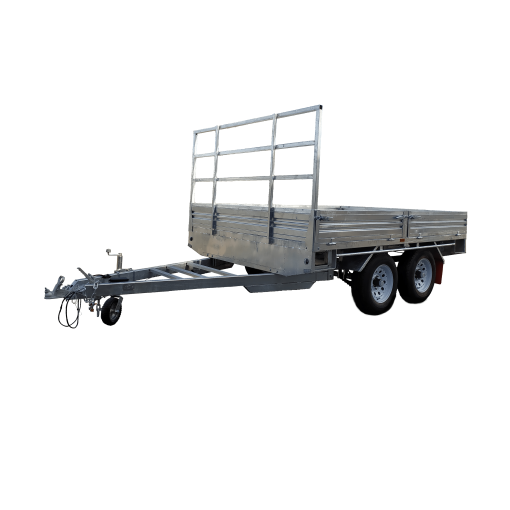 10x7 Flat top trailer 2800KG
10x7 Flat top trailer 2800KG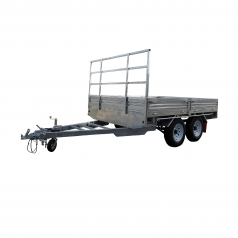 10x7 Flat top trailer 3500KG
10x7 Flat top trailer 3500KG 12x7 Flat top trailer 3500KG
12x7 Flat top trailer 3500KG 8x5 Plant trailer 3000KG
8x5 Plant trailer 3000KG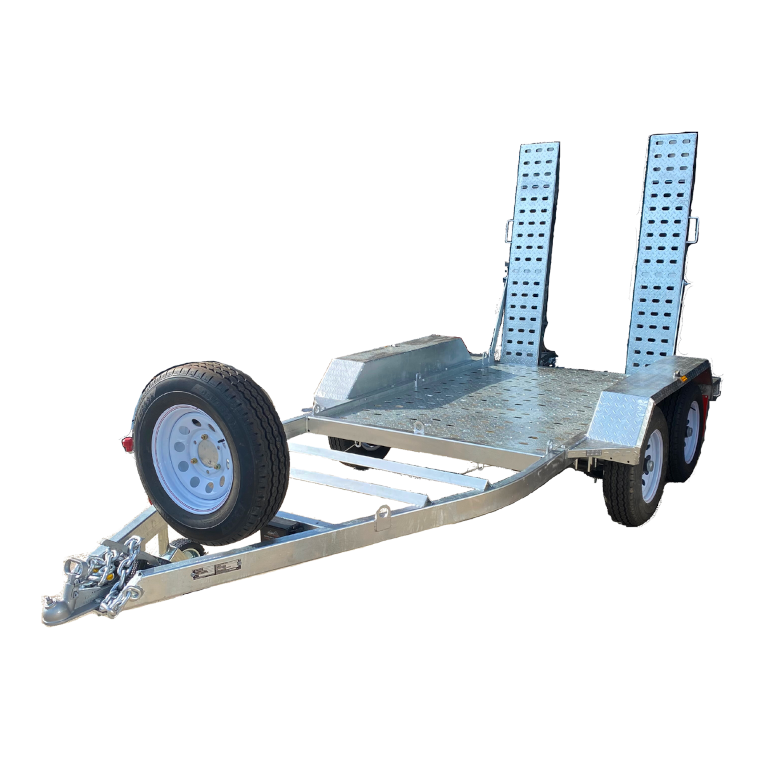 8x5 Heavy Duty Plant trailer 3500KG
8x5 Heavy Duty Plant trailer 3500KG 10x6 Cattle Trailer 2800KG
10x6 Cattle Trailer 2800KG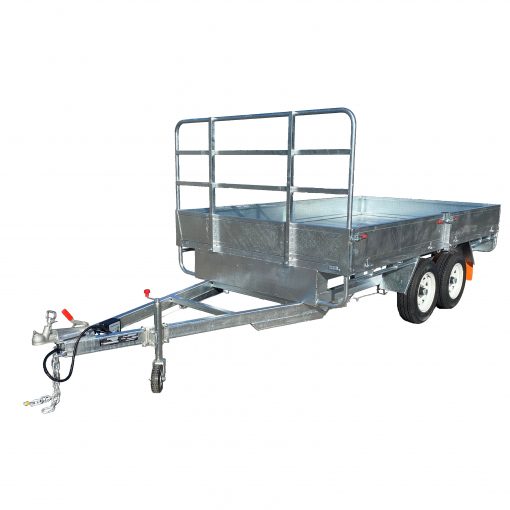 12x7 Flat top trailer 3500KG
12x7 Flat top trailer 3500KG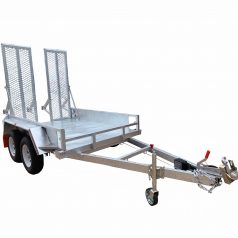 8x5 Plant trailer 3000KG
8x5 Plant trailer 3000KG 16 x 6.6 Car Carrier
16 x 6.6 Car Carrier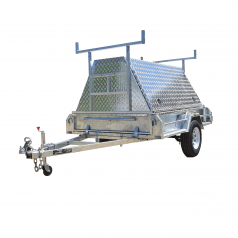 8x5 Single Axle Tradesman Trailer 2 Doors
8x5 Single Axle Tradesman Trailer 2 Doors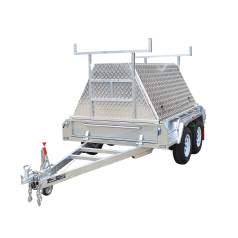 8x5 Tandem Axle Tradesman Trailer 2 Doors
8x5 Tandem Axle Tradesman Trailer 2 Doors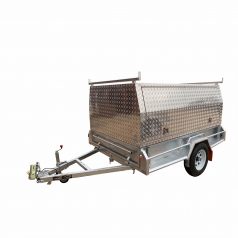 Single Axle Tradesman Trailer 3 Doors
Single Axle Tradesman Trailer 3 Doors Tandem Axle Tradesman Trailer 3 Doors
Tandem Axle Tradesman Trailer 3 Doors Luggage Trailer
Luggage Trailer 10×5 Galvanised Cage Mesh Hydraulic Tipper Trailer | 3.5T ATM
10×5 Galvanised Cage Mesh Hydraulic Tipper Trailer | 3.5T ATM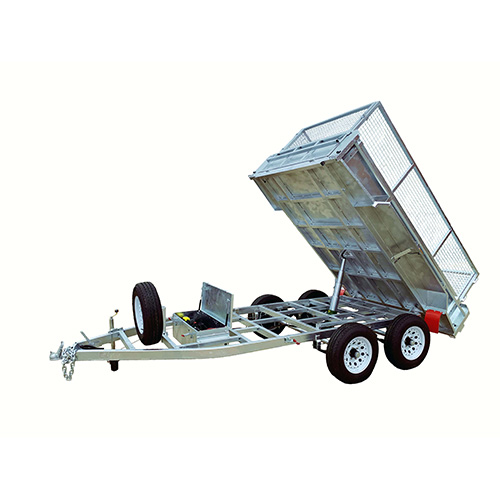 10×6 Galvanised Hydraulic Tipper Trailer | 3.5 Ton ATM
10×6 Galvanised Hydraulic Tipper Trailer | 3.5 Ton ATM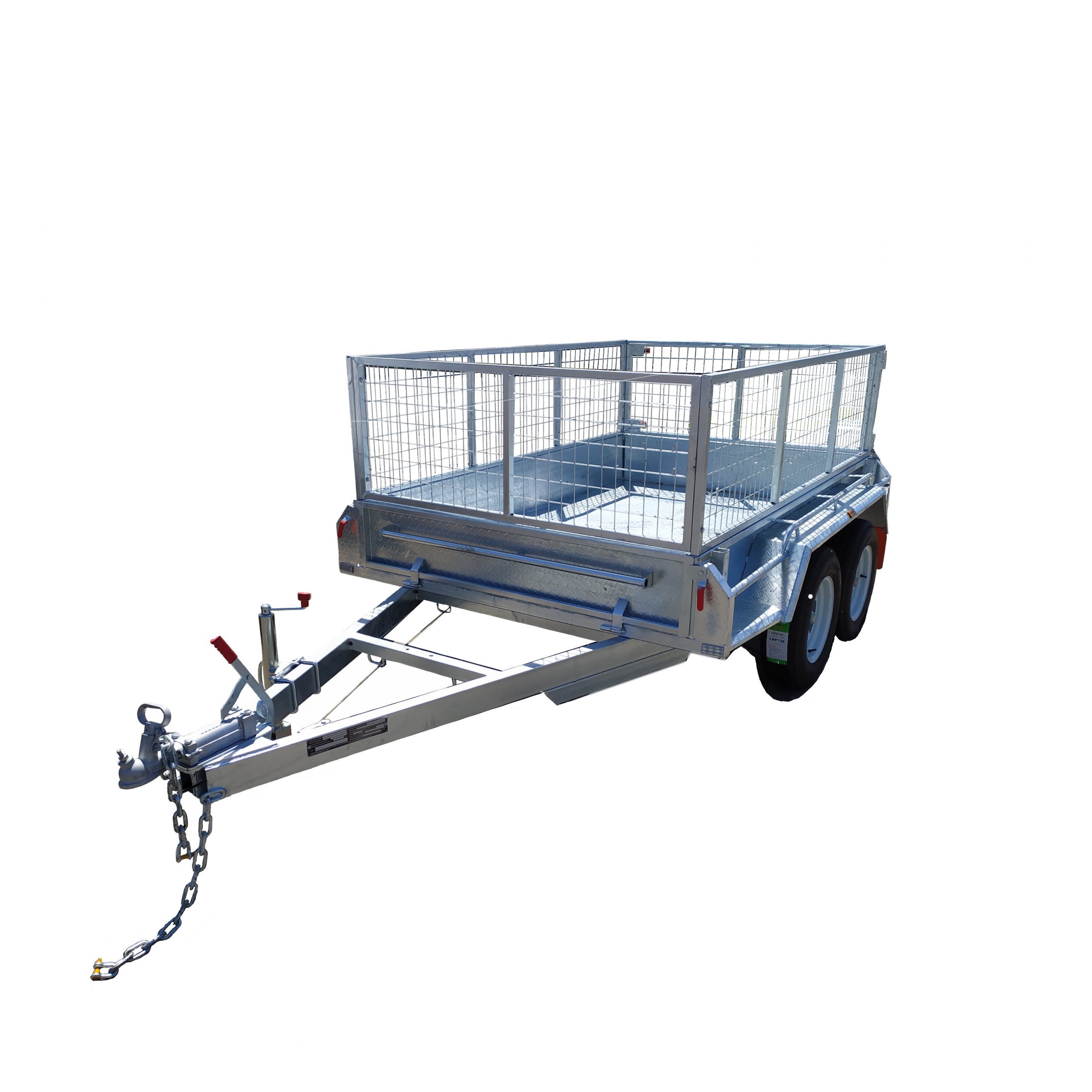 10×5 Dual Axle Galvanised Heavy Duty Cage Trailer Electric Braked ATM 2800KG
10×5 Dual Axle Galvanised Heavy Duty Cage Trailer Electric Braked ATM 2800KG 10×6 Tandem Hot Dip Galvanised Stock Cattle Trailer Crate Cow Livestock Farm 2800ATM
10×6 Tandem Hot Dip Galvanised Stock Cattle Trailer Crate Cow Livestock Farm 2800ATM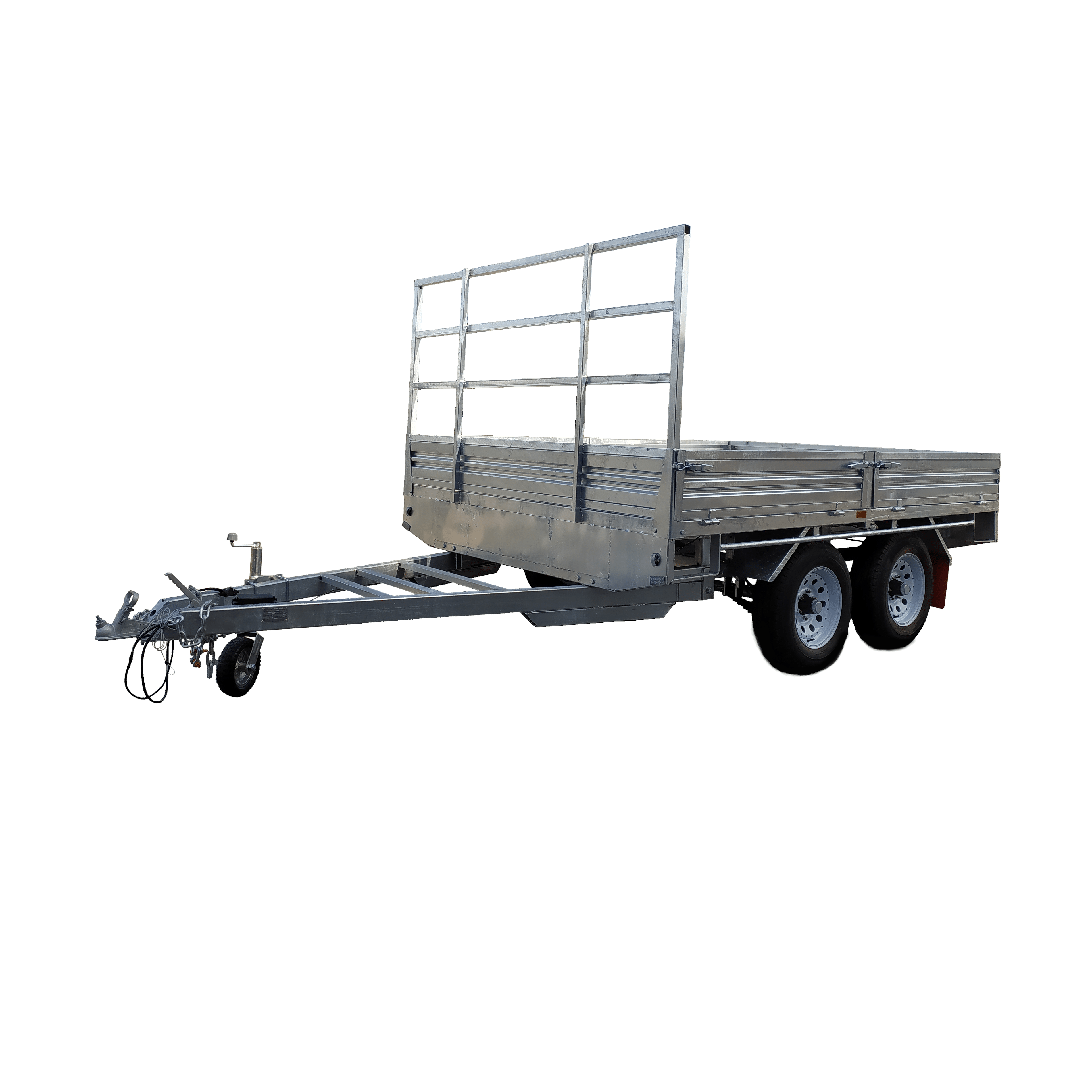 10×7 Heavy Duty Hot Dip Galvanised Flat Tops 2800KG
10×7 Heavy Duty Hot Dip Galvanised Flat Tops 2800KG 12×7 Flat Top Hydraulic Tipper with Cage 3500KG ATM
12×7 Flat Top Hydraulic Tipper with Cage 3500KG ATM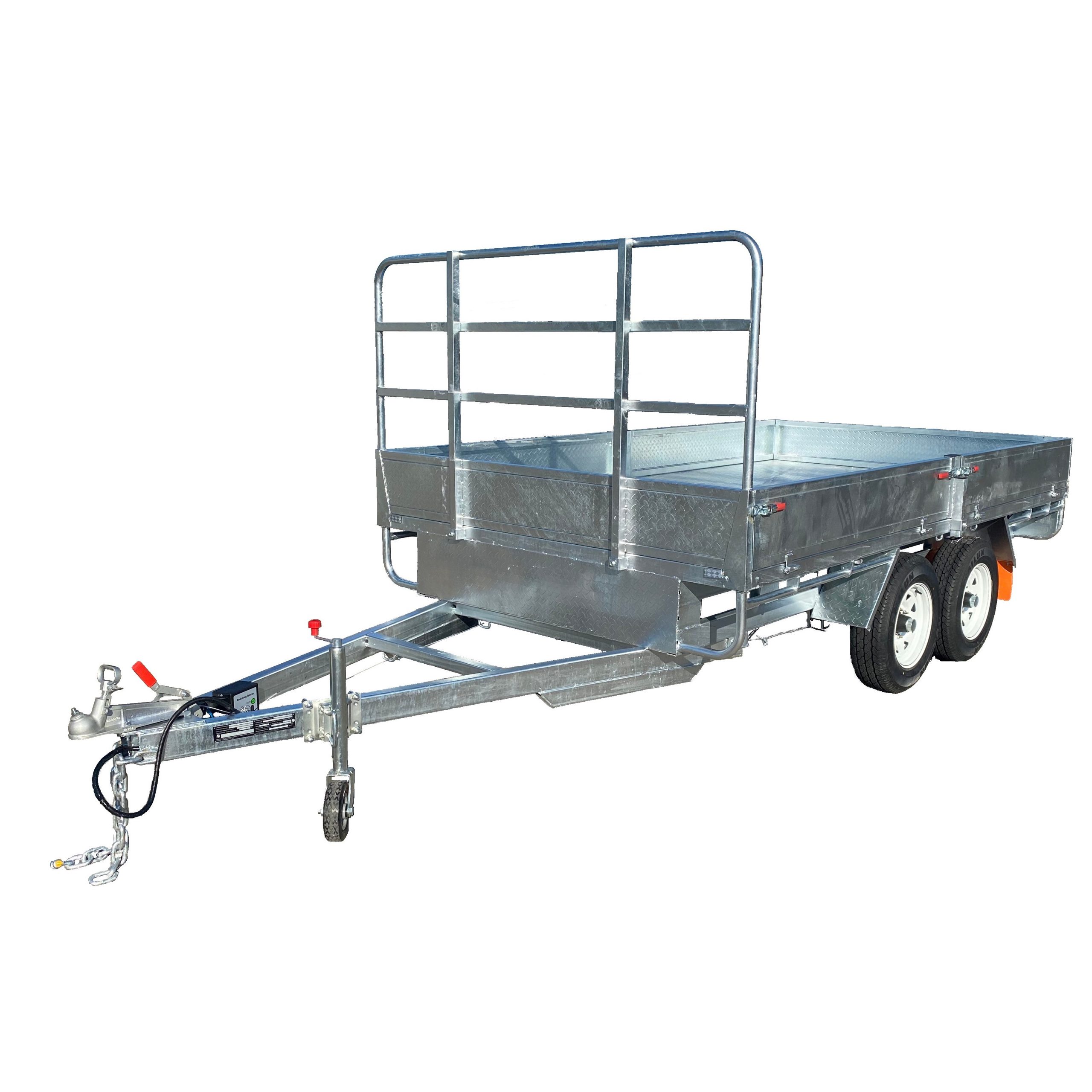 12×7 Heavy Duty Hot Dip Galvanised Flat Tops 3500KG ATM
12×7 Heavy Duty Hot Dip Galvanised Flat Tops 3500KG ATM 8x5 Single Axle Aluminium Tradesman Top Trailer 2 Way Door
8x5 Single Axle Aluminium Tradesman Top Trailer 2 Way Door 8×5 Single Axle Aluminium Tradesman Top Trailer 3 Way Door
8×5 Single Axle Aluminium Tradesman Top Trailer 3 Way Door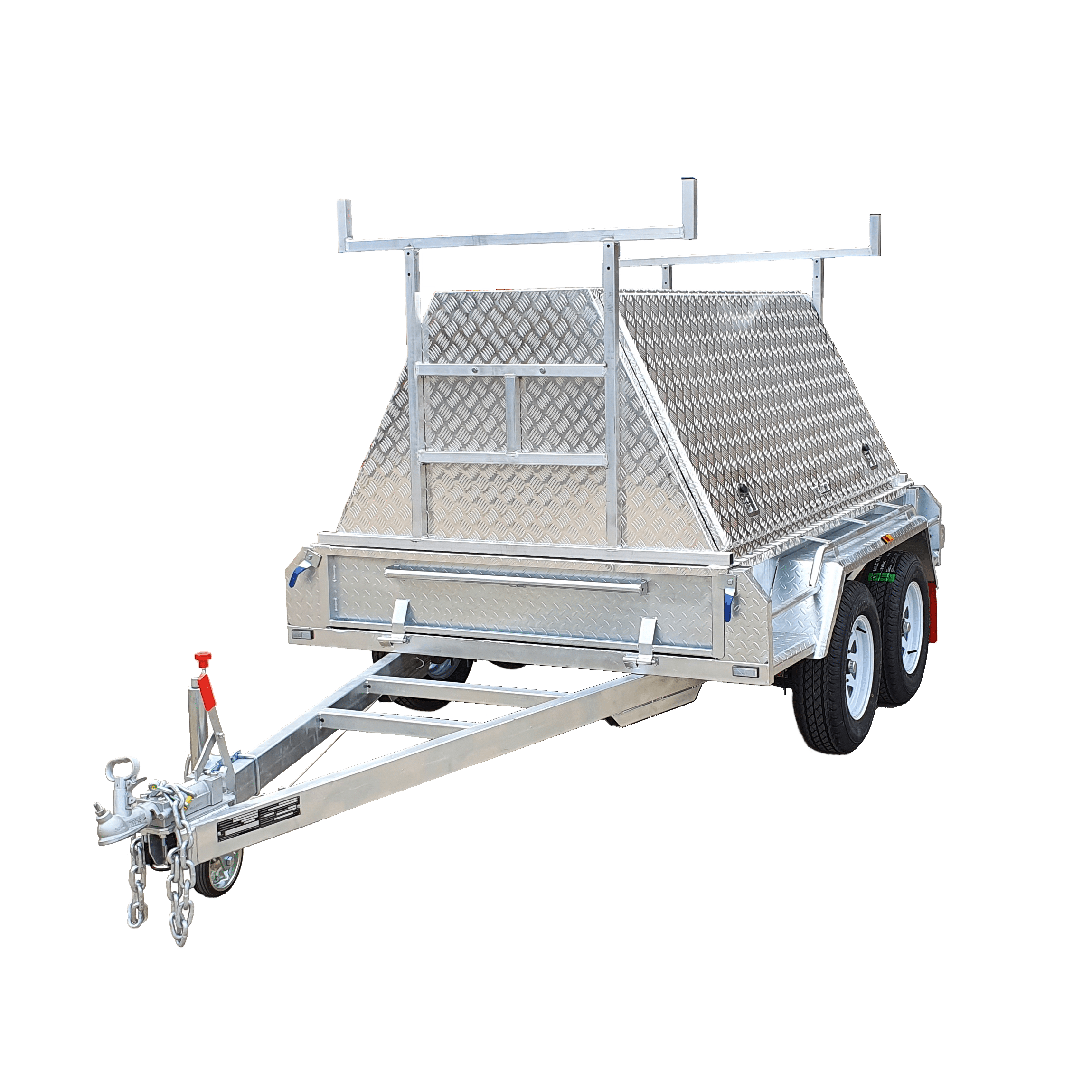 8x5 Tandem Axle Aluminium Tradesman Top Trailer 2 Way Doors
8x5 Tandem Axle Aluminium Tradesman Top Trailer 2 Way Doors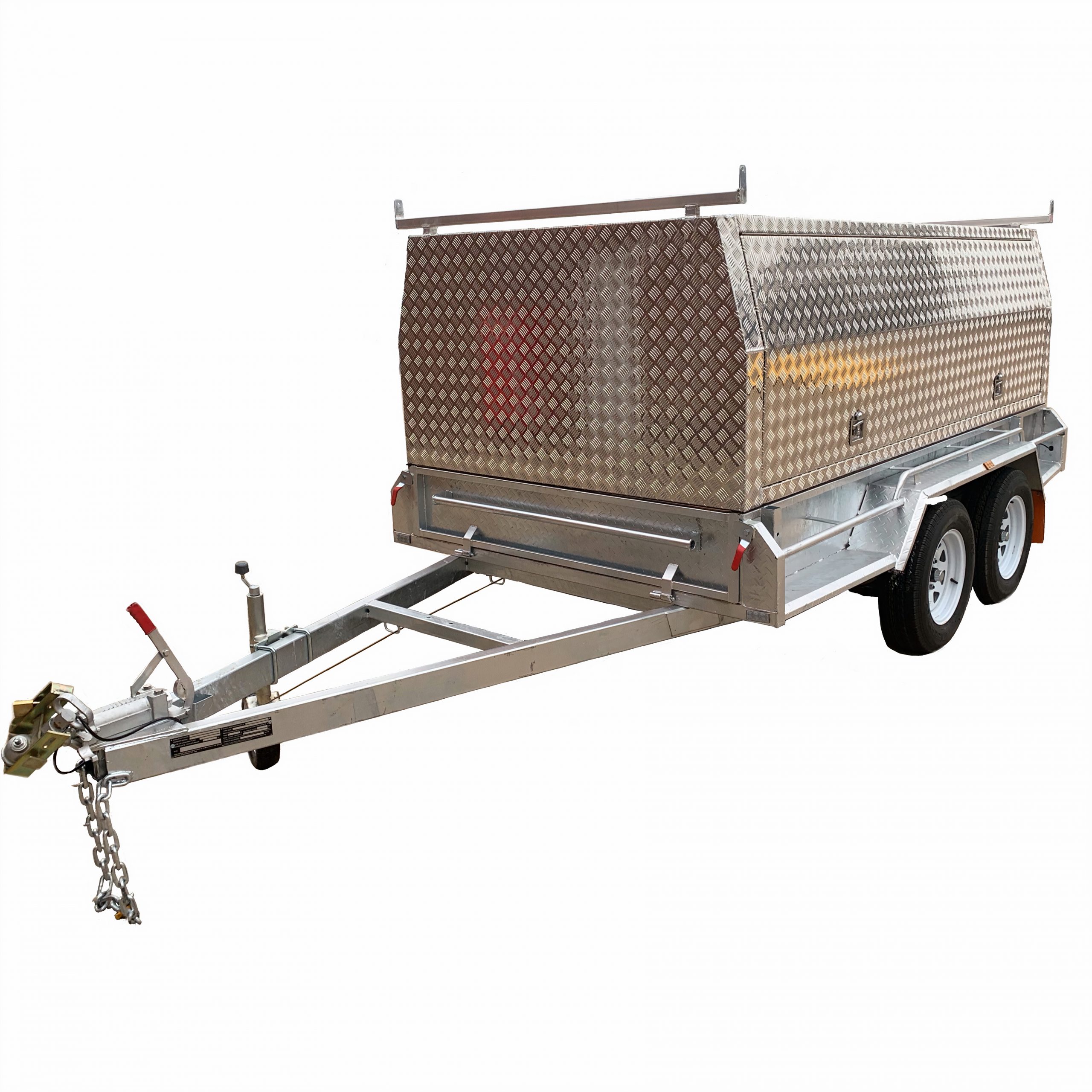 8x5 Tandem Axle Aluminium Tradesman Top Trailer 3 Way Doors
8x5 Tandem Axle Aluminium Tradesman Top Trailer 3 Way Doors Double Horse Float: 2 Horse Straight Load Float
Double Horse Float: 2 Horse Straight Load Float Double Horse Float: 2 Horse Angle Load Float
Double Horse Float: 2 Horse Angle Load Float 3 Horse Float: 3 Horse Angle Load Float
3 Horse Float: 3 Horse Angle Load Float 2 Horse Angle Load Floats with Living Area
2 Horse Angle Load Floats with Living Area Gooseneck Horse Floats
Gooseneck Horse Floats Toolbox 1200x400x400mm
Toolbox 1200x400x400mm Toolbox 1200x500x700mm
Toolbox 1200x500x700mm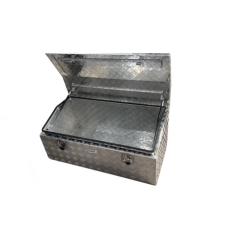 Toolbox 1200x600x500mm
Toolbox 1200x600x500mm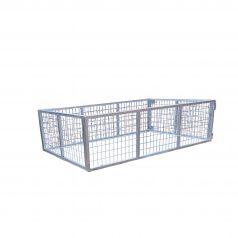 6x4x2 Trailer Cage
6x4x2 Trailer Cage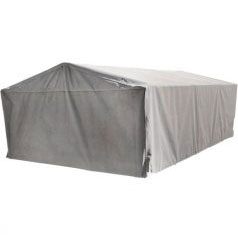 6x4x2 Canvas Cover
6x4x2 Canvas Cover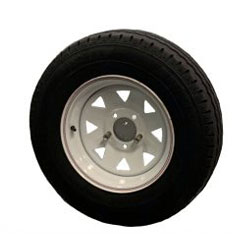 14 inch Light Truck Wheel
14 inch Light Truck Wheel More Trailer Parts Available Here
More Trailer Parts Available Here